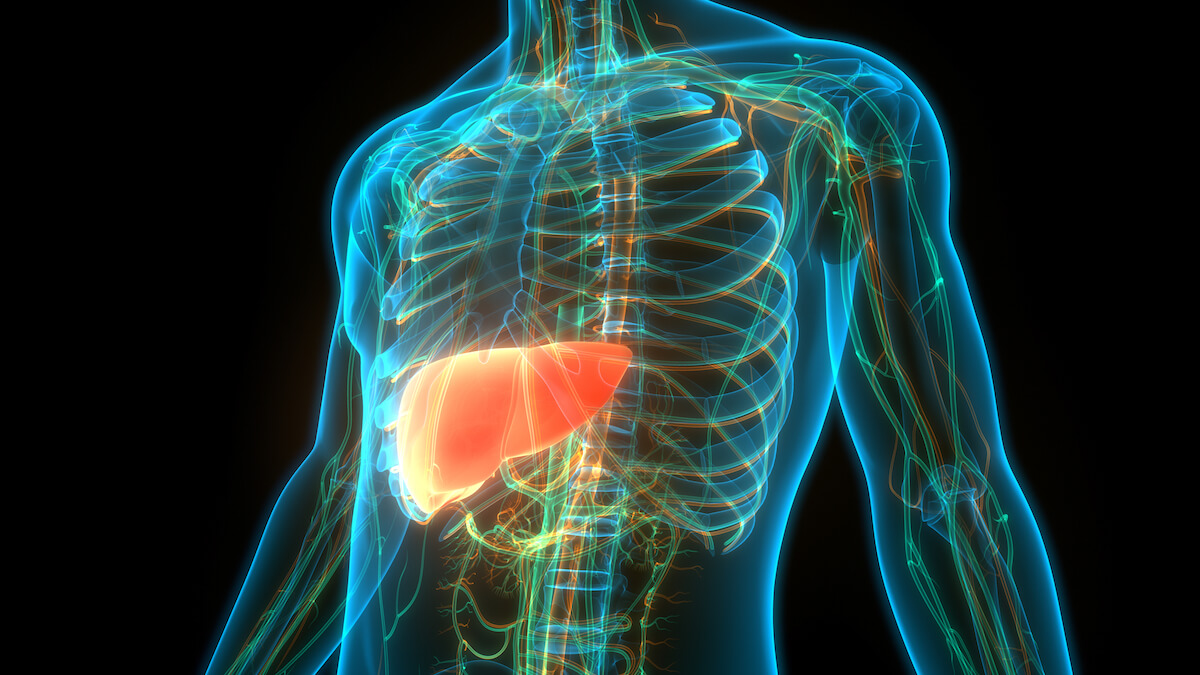A Rare Disease Halts a Navy Pilot’s Dreams, But Gives Him a New Mission as Patient Advocate


Cory Woodall flew as a Navy flight instructor before his symptoms from Wilson disease became too debilitating.
In 2017, Cory Woodall, was living his dream. A U.S. Navy flight instructor, he flew a P-3 Orion— a surveillance aircraft— with ease, and hoped to someday become a commercial pilot. But he soon started developing troubling symptoms. His hands shook from tremors, and his reaction time and cognition had slowed.
“It interfered with my flying to the point that I needed to take a pause,” said Woodall, now 30. At first, he was reluctant to seek medical help. “As a pilot, you don’t want to talk to the doctors because they’ll take away your wings,” he added.
But as he struggled with depression and anxiety, he developed new neurological symptoms, including extreme headahces, aphasia (difficulty with communication), and spatial disorientation. He suspected a brain tumor. Initially, doctors were puzzled by his symptoms. After one doctor discovered his severe balance issues, he asked if he was drunk.
Woodall decided to see a neurologist in 2018. While there, he went across the hallway to have his eyes examined by an ophthalmologist, which revealed the telltale clue to his diagnosis. He had brownish-yellow halos around his cornea, known as Kayser-Fleischer rings, the hallmark sign of Wilson disease. A rare genetic disorder, the disease impacts the ability of the liver to metabolize copper, leading to excessive amounts of the nutrient accumulating in the liver, brain, and eyes, and other parts of the body.
Targeting the underlying causes of the disease
Many patients are first diagnosed with the condition in childhood, showing inflammation or scarring in the liver, jaundice, fatigue, and abdominal swelling. But in other cases, the first symptoms don’t show up until adulthood, and are neurological or psychiatric, such as tremors, difficulty speaking, depression, and mood swings. Untreated, the condition leads to life-threatening liver damage and other complications. The condition, which can only be cured by a liver transplant, impacts about 1 in 30,000 people worldwide.
As scientists know that Wilson disease is caused by a mutation on the ATP7B gene— which plays a role in processing copper— they’re currently working to create a gene therapy to deliver a good copy of the gene to the liver and address the underlying causes of the condition. Pfizer has entered into a collaboration with Vivet Therapeutics, a French biotech company that has developed an investigational adeno-associated virus (AAV) gene therapy to treat Wilson disease. “We intend to be the first gene therapy for Wilson disease to provide a really transformational benefit,” says Marko Pregel, Director and Research Project Leader at Pfizer.
In recent years, Pfizer has gained experience in the highly complex process of developing AAV gene therapies at clinical scale for other genetic diseases, such as hemophilia and Duchenne muscular dystrophy. And because AAV technology is known to be particularly good at reaching the liver, scientists are eager to test this approach in Wilson disease patients. “In a way, it’s a poster child for fixing the liver and really addressing the disease,” says Steven Arkin, Executive Director of Pfizer’s Rare Disease Research Unit. “This really gives us a chance to partner our advanced manufacturing capabilities with scientific discoveries,” he adds.

Using his ‘toolbox’ to survive
For patients like Woodall, a potential gene therapy provides new hope. When he was first diagnosed with the condition, his neurological symptoms worsened, due to complications from his medicines. He had to stop flying and driving. “I went from being a pilot at the top of my game to being a wheelchair,” says Woodall. “Losing my pilot career was devastating.”
He recently completed a clinical trial (with another therapy) and can walk on his own again. He’s found a new mission as a patient advocate, where he speaks out about his long journey to diagnosis, and hopes to raise awareness of Wilson disease among the medical community and the wider public. “Every single day is different living with this condition,” says Woodall. “I do my best and say, ‘how can I live my day with the toolbox of skills I have,” he adds.
